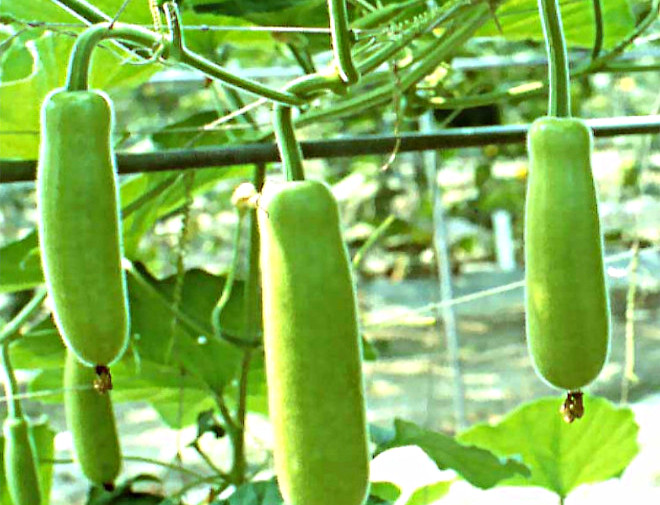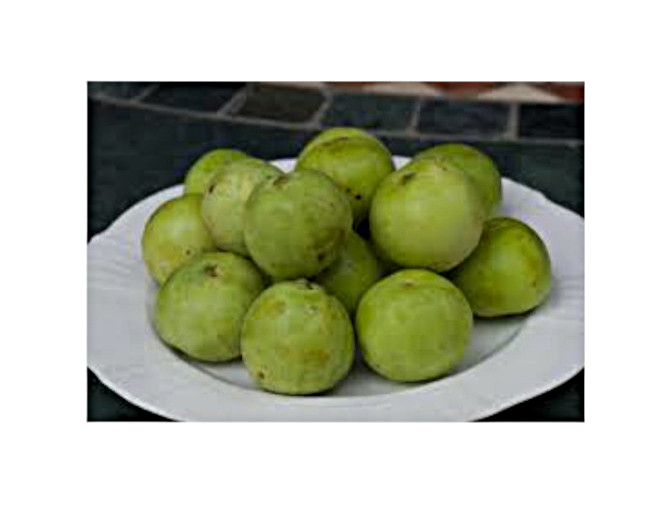The Hot pepper (additionally chile pepper, stew pepper, or essentially bean stew) is the product of plants from the sort Capsicum, individuals from the nightshade family, Solanaceae. Bean stew peppers are generally utilized as a part of numerous cooking styles to add heat to dishes. The substances that give bean stew peppers their force when ingested or connected topically are capsaicin and related mixes known as capsaicinoids.
Bean stew peppers started in Mexico. After the Columbian Exchange, numerous cultivars of bean stew pepper spread over the world, utilized for both sustenance and customary medication.
Worldwide in 2014, 32.3 million tons of green stew peppers and 3.8 million tons of dried bean stew peppers were delivered. China is the world’s biggest maker of green chillies, giving portion of the worldwide aggregate.
The substances that give stew peppers their sharpness (hot warmth) when ingested or connected topically are capsaicin (8-methyl-N-vanillyl-6-nonenamide) and a few related synthetic substances, all in all called capsaicinoids. The amount of capsaicin fluctuates by assortment, and on developing conditions. Water focused on peppers as a rule deliver more grounded cases. At the point when a habanero plant is worried, for instance low water, the grouping of capsaicin increments in a few sections of the organic product.
Nutritional value per 100 g
Energy : 166 kJ
Carbohydrates : 8.8 g
Fat : 0.4 g
Protein : 1.9 g
Water : 88 g
Capsaicin : 0.01g – 6 g
Growing
- Keep the plant warm. Bean stew peppers started in Mexico, so the vast majority of them flourish in warm atmospheres. To guarantee your bean stews survive inside, you’ll need to keep up a daytime temperature of around 80 F (27 C), and an evening temperature of around 70 F (21 C). Rather than keeping your whole house at this temperature, you can keep the plant warm by Keeping it in a nursery, Installing a counterfeit light 3 inches (7.6 cm) over the plant, Placing the plant on a warming mat.
- Place your chilis in a bright and sunny window. Once the bean stews are built up and have been transplanted the first occasion when, you can move them to a brilliant window that gets bunches of direct sunlight.[13] Not just does the plant require a few long periods of daylight every day, except the warmth from the light will likewise keep the plant warm.
- Keep the soil moist as it dries out. Water the bean stew plant so the dirt is wet. Enable the dirt to dry out somewhat between waterings. Bean stews like sodden soil, yet overwatering can prompt decay and contagious development, and it can likewise influence the warmth level of the peppers, making them less hot than they would be.
- Feed the plants every couple of weeks. Your bean stew peppers will profit by normal manure. At regular intervals, join an adjusted compost with some water and feed the plant. An adjusted manure is one that contains approach measures of nitrogen, phosphorus, and potassium, for example, 10-10-10 or 2-2-2. A fish and kelp emulsion or concentrated fluid manure is a decent choice. In winter, the plant may enter a lethargic stage and quit developing, blooming, and fruiting. Slice back to month to month feedings if this happens, and resume twice month to month feedings when the plant returns into a functioning developing stage.
- Transplant the chili plant as it outgrows its pot. At the point when the bean stew plant turns out to be excessively tall and begins, making it impossible to fall over, it’s an ideal opportunity to transplant. Fill a pot that is maybe a couple sizes bigger with a couple of inches (a few centimeters) of preparing blend. Delicately expel the plant from the littler pot and exchange it to the bigger one. Hold the plant relentless as you cover the root ball and the majority of the stem with crisp soil. For littler stew assortments, your plant will in the end wind up in a 10-to 12-inch (25-to 30-cm) pot. A bigger bean stew plant may require a 18-inch (46-cm) pot.
- Harvest chilis when the peppers become shiny and bright. Your bean stew plant will develop and prove to be fruitful inside around three months of the principal transplant. The extent of the natural product will rely upon the assortment, and your bean stews could be anyplace from an inch (2.5 cm) to 8 inches (20 cm) long. Reap ready bean stews by cutting the stem simply over the natural product with a blade or scissors. To shield your hands from the hot oils in the bean stews, wear gloves when you collect and cook with the peppers.
Related products
-
-
₹55.00₹35.00Tolerant of pruning and shearing. Little Gem... -






